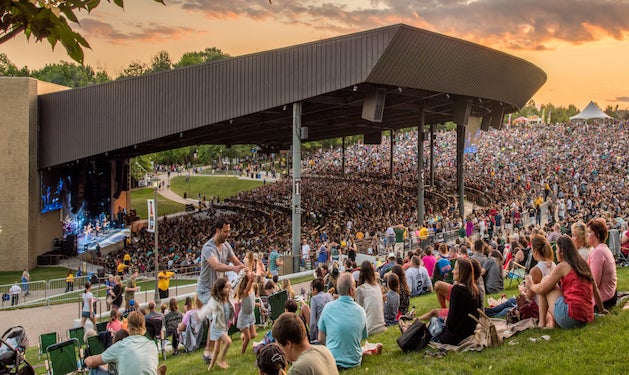500 Down: Reflections on The Woodstock Oral History Initiative
By Julia Fell, Curator of Exhibit & Oral History Initiative Lead
As I sit down to write this blog post, the enormity of what I’ve been working on for the past three years washes over me. On the one hand, it’s hard to believe that in under three years, the Museum went from having just 66 oral history interviews in its collection to over 500! But on the other hand, I know exactly how it happened because I’ve been here every step of the way.
After the bombastic celebratory year that had been 2019 and the Woodstock 50th anniversary, the Museum was already thinking about what our legacy was going to be over the next 50 years. Then, COVID hit in March 2020 and legacy became more precious and precarious than we could have anticipated. During lockdown, the Museum team evaluated our preservation and collections goals. We also underwent a collections assessment from the Documentary Heritage Preservation Services of New York. All discussions and recommendations pointed to one path: a new oral history initiative.
In graduate school at the Cooperstown Graduate Program, I had been trained in the practice of oral history. During my first year at Bethel Woods in 2018, I worked to include first person narratives into the planning for the 2019 special exhibit We Are Golden and managed the collection of dozens of new, short interviews conducted by three consultants.
I now had the opportunity to keep pursuing this work and start something new. Something big. We could do something that would add to the Museum’s collection in a meaningful way and become the stewards of stories that no one else was collecting. Stories that the world would never hear if we didn’t start listening.
It started off slow, with just 10 interviews in 2020 as we tested how to interview people remotely, still in the midst of a pandemic. Then things picked up speed. In 2021 we did 94 interviews! We saw that we had the ability to reach people, even during a difficult time, and that people were hungry to share their stories.

That year we also hosted our first oral history internship in partnership with the Cooperstown Graduate Program, an opportunity born of continuing discussions with Director Dr. Gretchen Sorin and my own oral history professor, Dr. Will Walker. The internship program is now fully funded by the John Ben Snow Foundation and is about to enter its 8th session. In-semester interns typically complete five interviews, including all communication and transcription work. Summer interns complete 10-15 interviews in addition to other special projects.
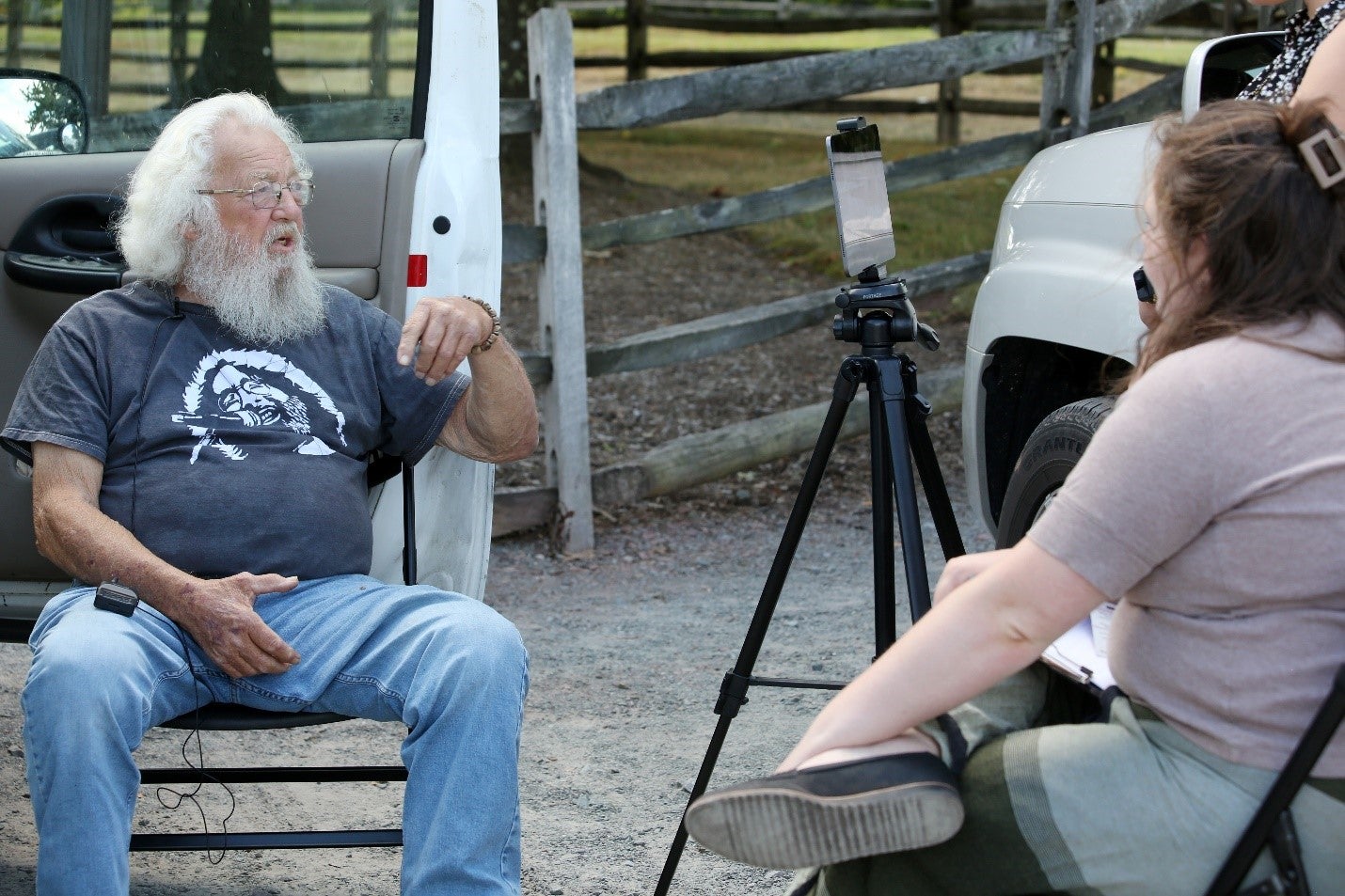
With support from several grants from the Museum Association of New York, we acquired new recording equipment, took training sessions, hired a consultant, and tested the first iteration of a pop-up program at the Woodstock Monument in August 2022. This program garnered over 50 new interviews over just six days of programming.
In September 2022, with support from a major grant from the Institute of Museum and Library Services we entered a new phase of the initiative. The guiding principle of this phase is to engage with more storytellers by meeting them where they are, a philosophy that I developed after interacting with storytellers and brainstorming with interns. Using this model, we have now traveled to a variety of locations in New Mexico, Florida, Ohio, and California, and worked with three community connector consultants and several local partner organizations to engage with previously unknown individuals and communities.
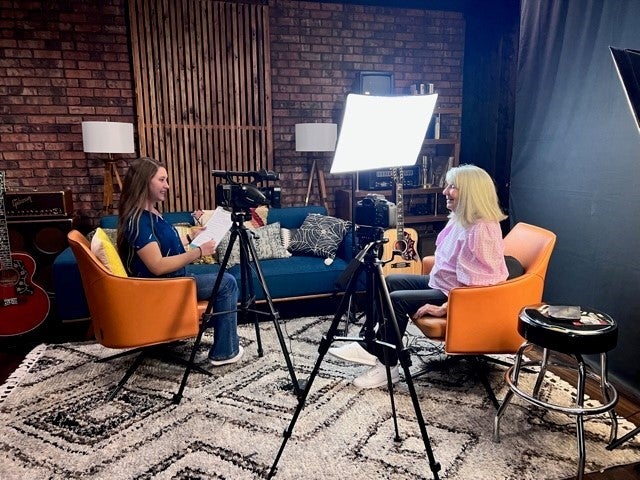
(Photo by Lisa Law).
During the California trip just a few weeks ago, we hit a benchmark that had been approaching faster and faster – our 500th oral history interview. I had the honor of conducting this interview in San Francisco during our pop-up at the Haight Street Art Center. The storyteller was a woman named Eileen. She exemplified so many things that I have come to understand about this project and this journey.
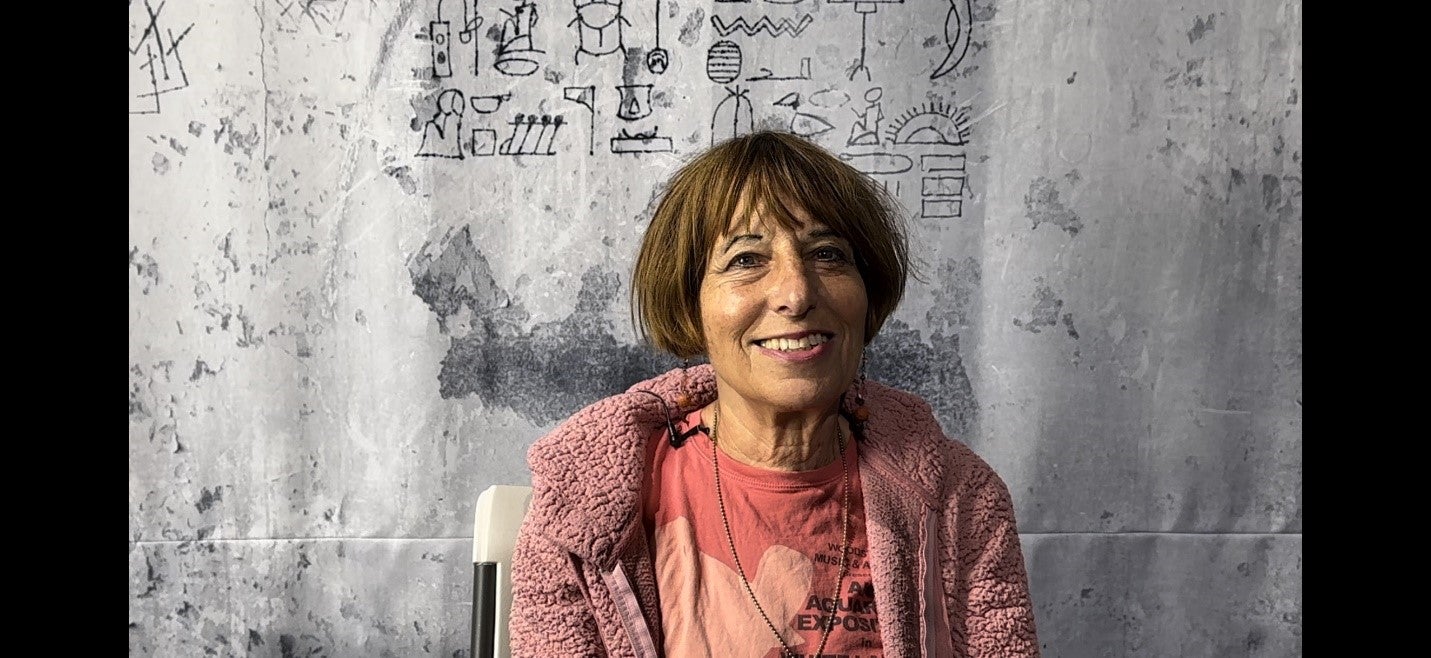
For example, Eileen is a Woodstock attendee - the bread and butter of our program. For me, the most important work is to preserve the stories and perspectives of those who would otherwise go unheard and forgotten by history. Those who have told their story a thousand times to family and friends; enough times that they’ve been told “Yeah, yeah! We know!” It is my great honor to become the fresh ear for these stories and to help each storyteller remember that what they experienced matters.
Eileen also highlighted another aspect of this work that occurs in almost every interview – that we can always find things in common with anyone we speak to. For Eileen and me, it was easy. She and I had gone to the same college, SUNY New Paltz! I asked her specific questions about the campus and learned what student life was like in 1969, from concerts to protests. Turns out we both participated in sit-ins at campus buildings during our tenures, almost 40 years apart.
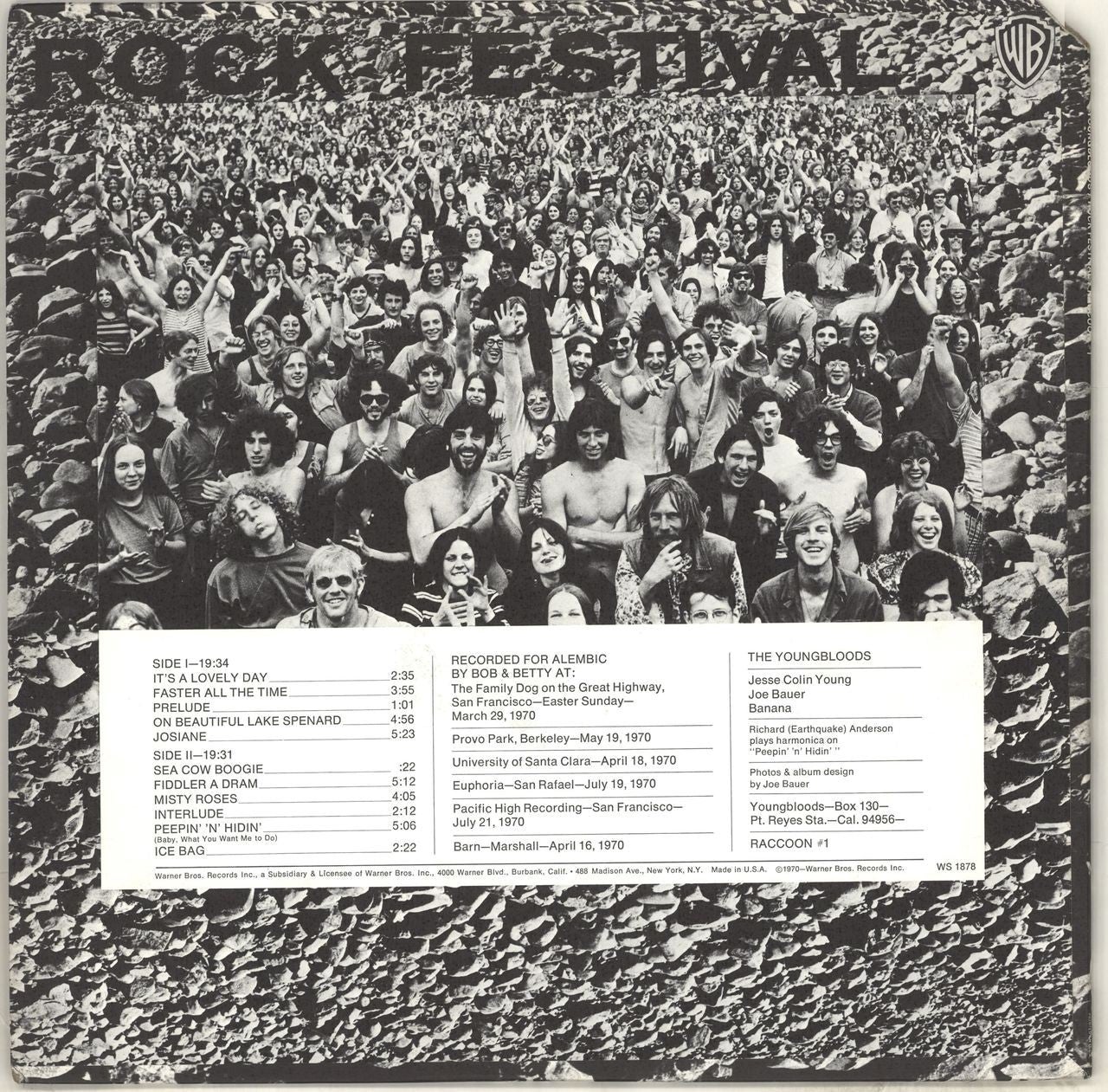
When it came to going to Woodstock during college, Eileen reflected: “I had to go. Everybody knew about it. I was really excited because although I had been at concerts at college, I had never been to such an event before. And I really wanted to experience everything, especially the music, but also just being at an event, like at a special event.” “They had fliers up at the time… word got around fast. I remember I drove there with a couple of friends, and we were supposed to meet up with other people from New Paltz… we did actually find them, but we had no idea of the scope of it.”
Another special connection was Eileen’s work at Conard House in San Francisco, which provides supportive housing to people dealing with mental illness who have experienced homelessness. It was founded in 1959 by Elaine Mikels, who was the aunt of none other than oral history project consultant Lisa Law. Lisa was present at the Haight Street Art Center during Eileen’s interview, and it was quite special to see the two women realize how they knew each other, and their connections to social justice and community aid efforts that began back in the 1960s.
Eileen told me: “I’ve been trying to keep up with people who are trying to do good things which started at that time… A lot of good things came out of it, I think… there are a lot more younger people are getting involved and carrying on the tradition… I think it’s time for younger people to take up the banner.” In regards to the impact of Woodstock she shared: “Sometimes when I’m talking to someone who’s younger than me and I say ‘I was at Woodstock’ all of a sudden I get this different look, like ‘Wow!’ They really think of me as somebody special… I think it’s left a big mark.”
I know meeting Eileen left a big mark on me.
Getting to speak with the hundreds of Woodstock alumni that I have interviewed over the last three years has forever changed my life. This collection is truly special that way.
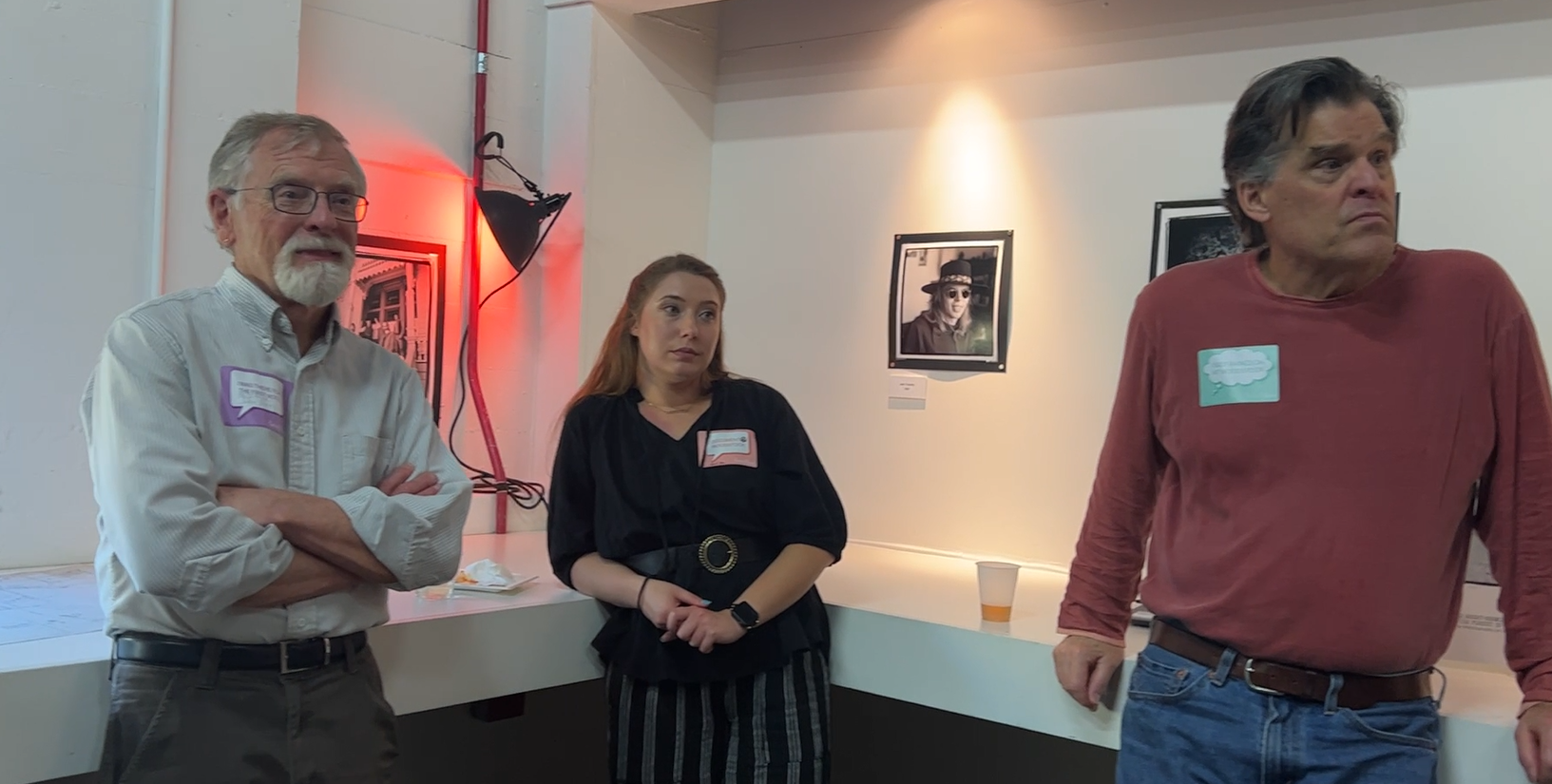
So, now we’ve hit 500 stories. And we’re not slowing down! One of the taglines of the initiative is “Woodstock isn’t just one story, it’s 450,000 stories.” So… just 449,500 more to go. If you or someone you know attended Woodstock, consider getting in touch via email: OralHistory@BethelWoodsCenter.org
